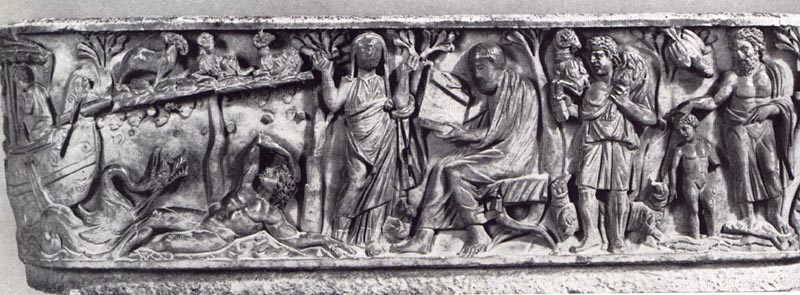This post follows on from my earlier post on The Secret Book of John, possibly a Jewish pre-Christian work, as translated and annotated by Stevan Davies.
Stevan Davies’ translation of the Secret Book/Apocryphon of John is available online at The Gnostic Society Library.
The Prologue is said to be a Christian addition to an earlier non-Christian book. But what sort of Christianity interested the scribe who added this? The disciple John is said to see Jesus appearing variably as a child, an old man and a young man. I am reminded of Irenaeus’s belief that Jesus had to have been past his 50th birthday when he was crucified so he could experience all the life stages of humanity and thus be the saviour of all. One is also reminded of the letter of 1 John that addresses the “children, fathers and young men” in the church. Of related interest to me are some of the earliest Christian art forms that depict Jesus as a little child – in particular when he faces an elderly John the Baptist to be baptized. Christ crucified does not appear.
 The same prologue has Jesus say “I am the Father, the Mother, the Son. I am the incorruptible Purity.” The Holy Spirit in the eastern churches was grammatically feminine and so the Holy Spirit itself came to be regarded as feminine.
The same prologue has Jesus say “I am the Father, the Mother, the Son. I am the incorruptible Purity.” The Holy Spirit in the eastern churches was grammatically feminine and so the Holy Spirit itself came to be regarded as feminine.
The Christianity that is appropriating this originally non-Christian gnostic text was one that viewed Christ as not only a discrete personality who had been crucified and risen as a saviour, but one that also accommodated gnostic-like ideas of Christ being identified in the different forms of humanity. Or perhaps it is more correct to say that the range of humanity is a representation of the divine.
But enough of my ramblings and speculative asides. Back to the gnostic myth. Continue reading “The Gnostic Gospel (Apocryphon) of John – 2”
